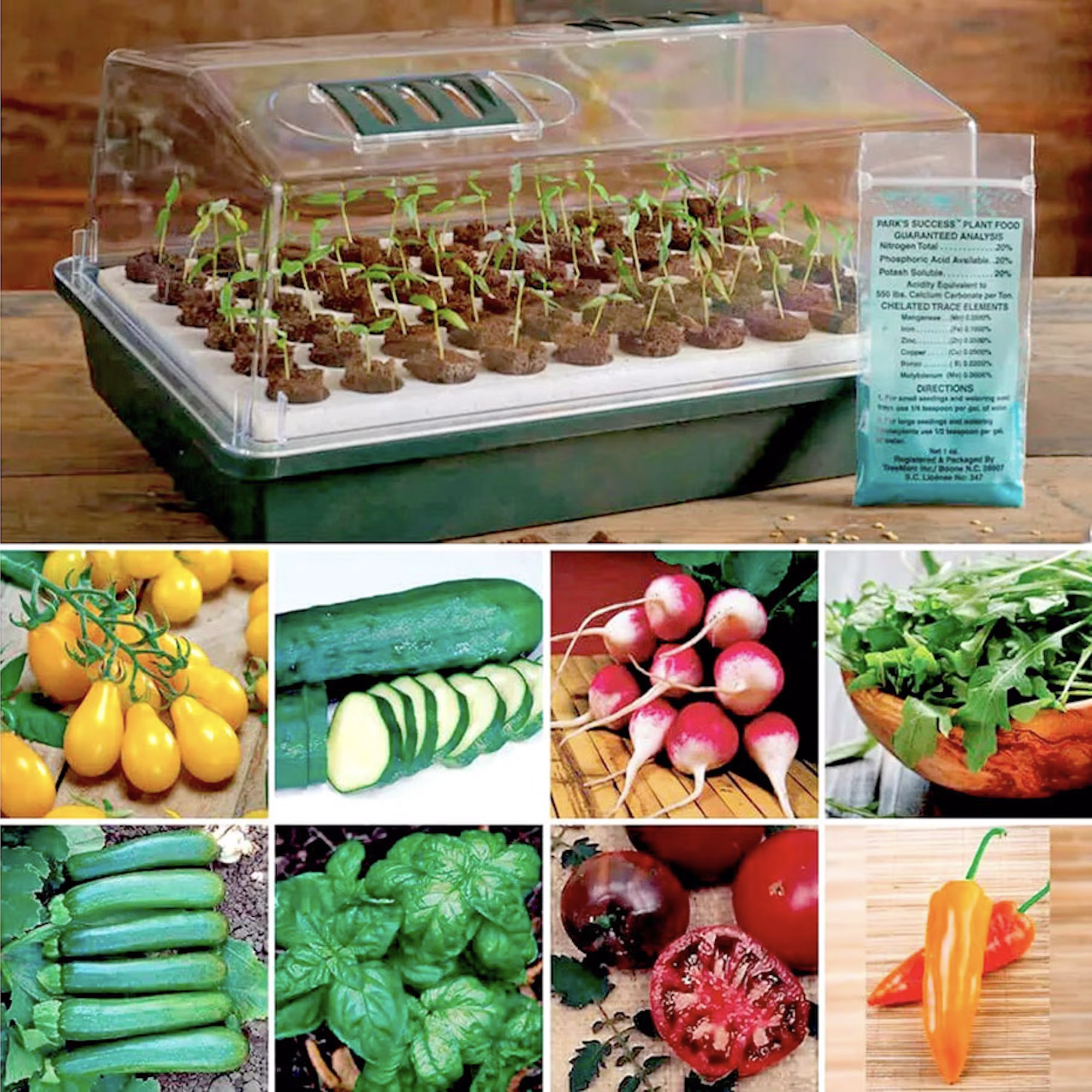As a Chef, I Always Grow These 8 Vegetables Because They're Much Cheaper Than Buying – and Packed with Flavor
Chef-turned-gardener Bonnie Grant reveals her pick of vegetables that are most worth growing for flavor, versatility, and to save money over buying.
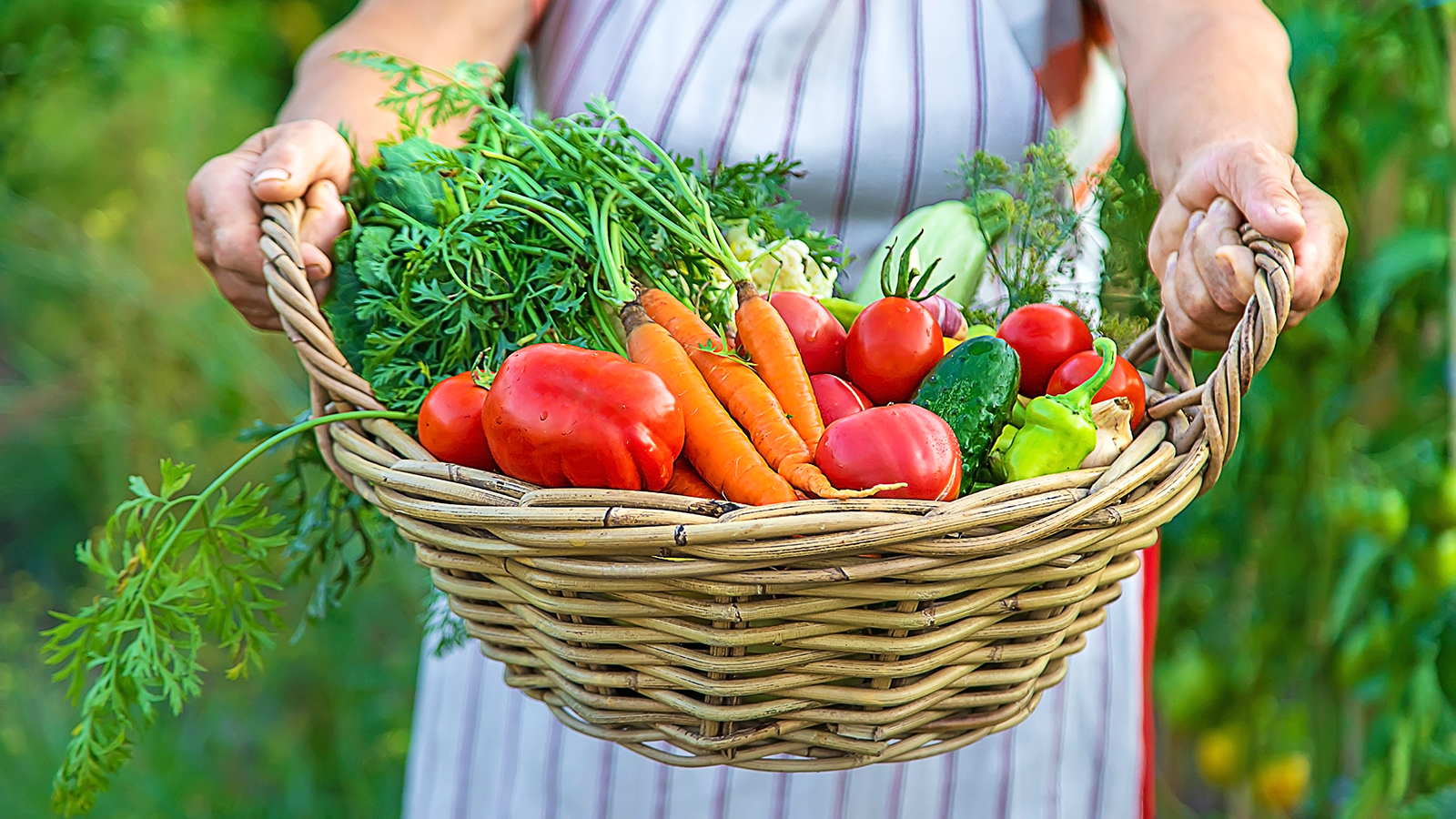

After decades of working as a chef and caterer, I can assure you that all fruits and vegetables taste best in season. And nothing is better than those you pick fresh out of the garden. The best way to harness those amazing flavors is by growing your own food. With today’s economy, there are even more reasons to grow your own produce, but chief among these is cost-effectiveness.
Many of the foods we purchase in our produce section are perfectly fine in our recipes, but for the peak of flavor, to ensure control over what goes into your food, and most especially, to keep your budget down, starting a vegetable garden is a must.
Not every variety of vegetable is suitable for every growing zone. For instance, I cannot grow those luscious, long-season tomatoes because my season is short. I can grow tomatoes, I just have to be picky about the types I plant. I also make sure I grow items that are costly in the supermarket. Leeks are ridiculously expensive, but are very easy to grow and will even overwinter in my zone. Similarly, for growing rhubarb. I don’t know why this old-fashioned garden staple is so expensive to purchase, but it is, so I make sure I have a stand of rhubarb in my garden. As a perennial plant, you only have to spend money once to enjoy the stalks for years or even decades.
Changes in trade agreements and tariffs are relatively out of our control, but you can feel more in charge if you make sure you nurture your own food in your garden. So here are some of my must-grow varieties of produce to keep costs down in your kitchen recipes.
1. Leeks
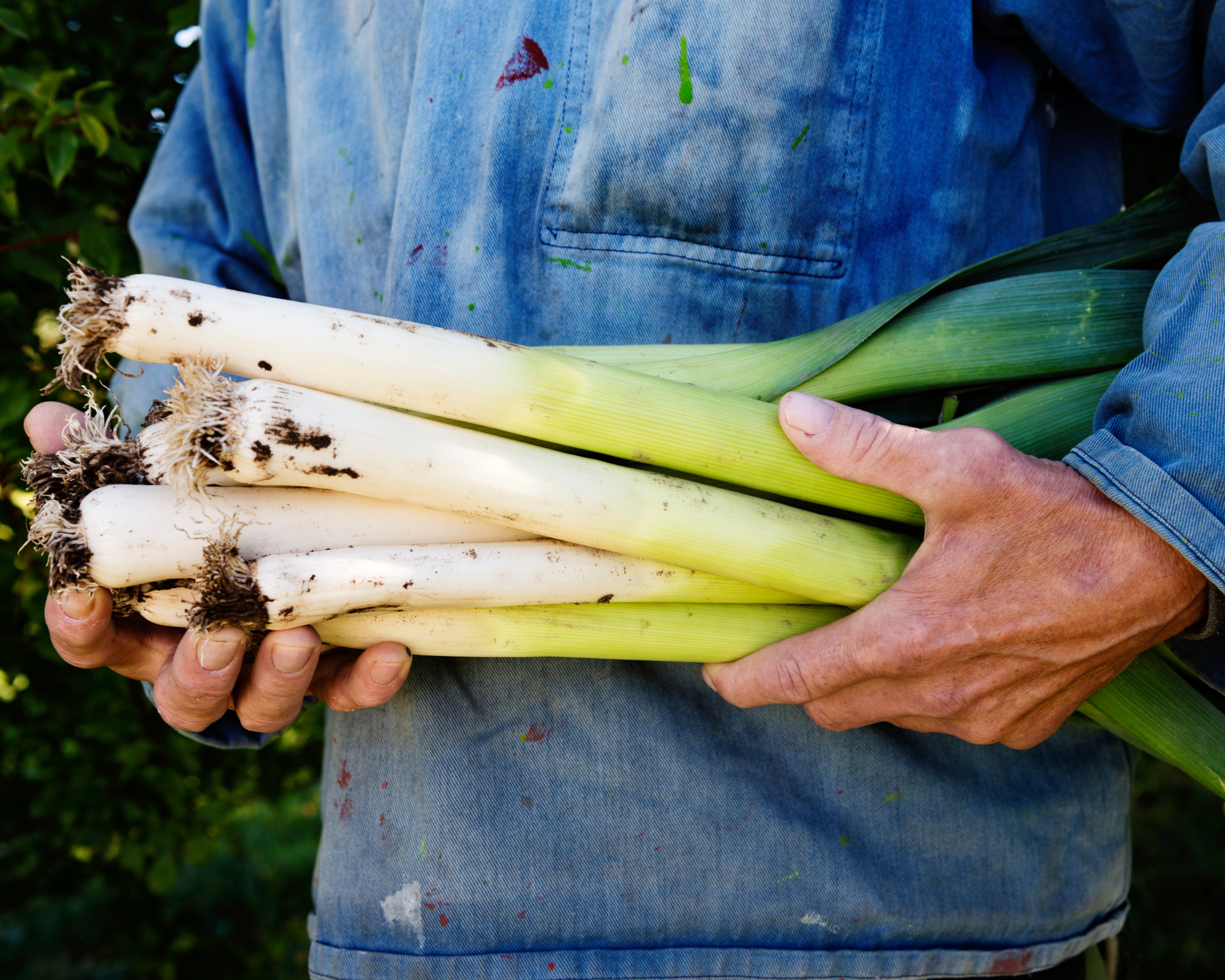
I’ve already touched upon these members of the allium family. Last time I looked, a bunch of leeks in the supermarket cost almost $5, which is ridiculous for just three or four stems that are pretty easy to grow.
Growing leeks starts in early spring, but planting can go on until early summer. The seeds are tiny and difficult to space out, so thinning seedlings will be necessary unless you have one of those seed syringes that dispense only one seed per spot, like the one in this mini seed spreader set from Amazon. The thinnings can be eaten in salad or added to other dishes, or you can transplant them to grow more leeks.
Keep the seed site moderately moist in full to partial sun, and you will be harvesting your own flavor-enhancing leeks in no time. And if you get a bumper crop, wash them well, chop them up, and freeze them for later use.
Sign up for the Gardening Know How newsletter today and receive a free copy of our e-book "How to Grow Delicious Tomatoes".
American Flag leeks, available from Walmart, are prized for their mild, sweet flavor and winter hardiness, while Dawn Giant leeks, from Burpee, are a giant variety perfect for beginners.
2. Asparagus
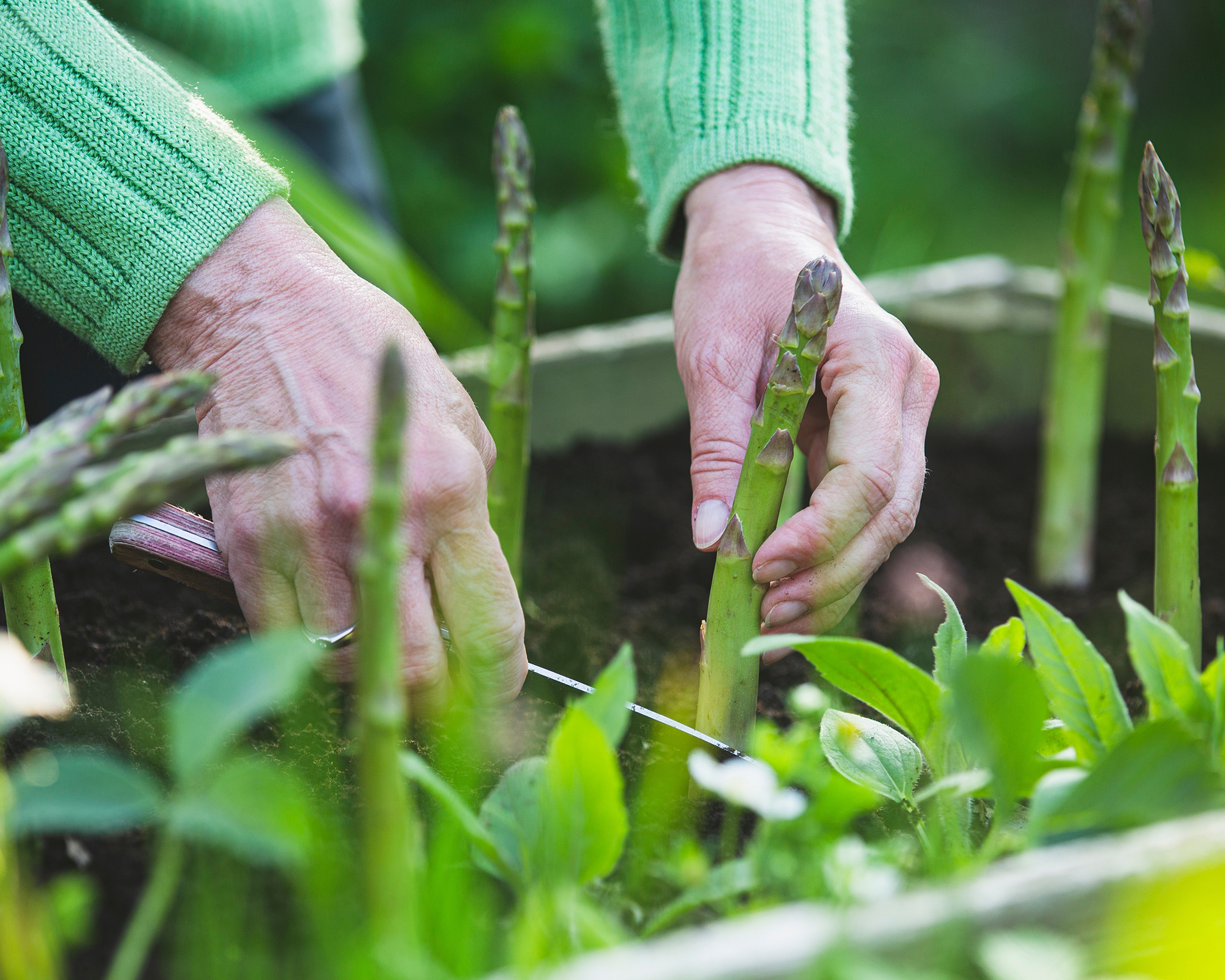
Growing asparagus is particularly cost-effective as it is a perennial vegetable, so it provides years of free food after the initial investment for the roots. You can also grow asparagus from seed, but it will take years before you have an appreciable crop.
Asparagus roots are planted in trenches and hilled up much like potatoes. As soon as you see sprouts, add soil until the soil level is even with the main ground site. You will want well-draining soil in a full sun location for best production.
Asparagus in the supermarket is in season late winter to late spring in my area. However, our state’s asparagus crops are primarily shipped elsewhere, leaving us to purchase asparagus that was imported. That means it is more expensive than if you could access locally grown stalks. But if you grow it in your garden, you can harvest the stalks when you like them. I prefer them quite slender, but many people like chubby stalks.
Mary Washington asparagus, available as a four-pack of bare roots from Lowe's, is a classic heirloom variety with great flavor and superior rust resistance.
3. Zucchini
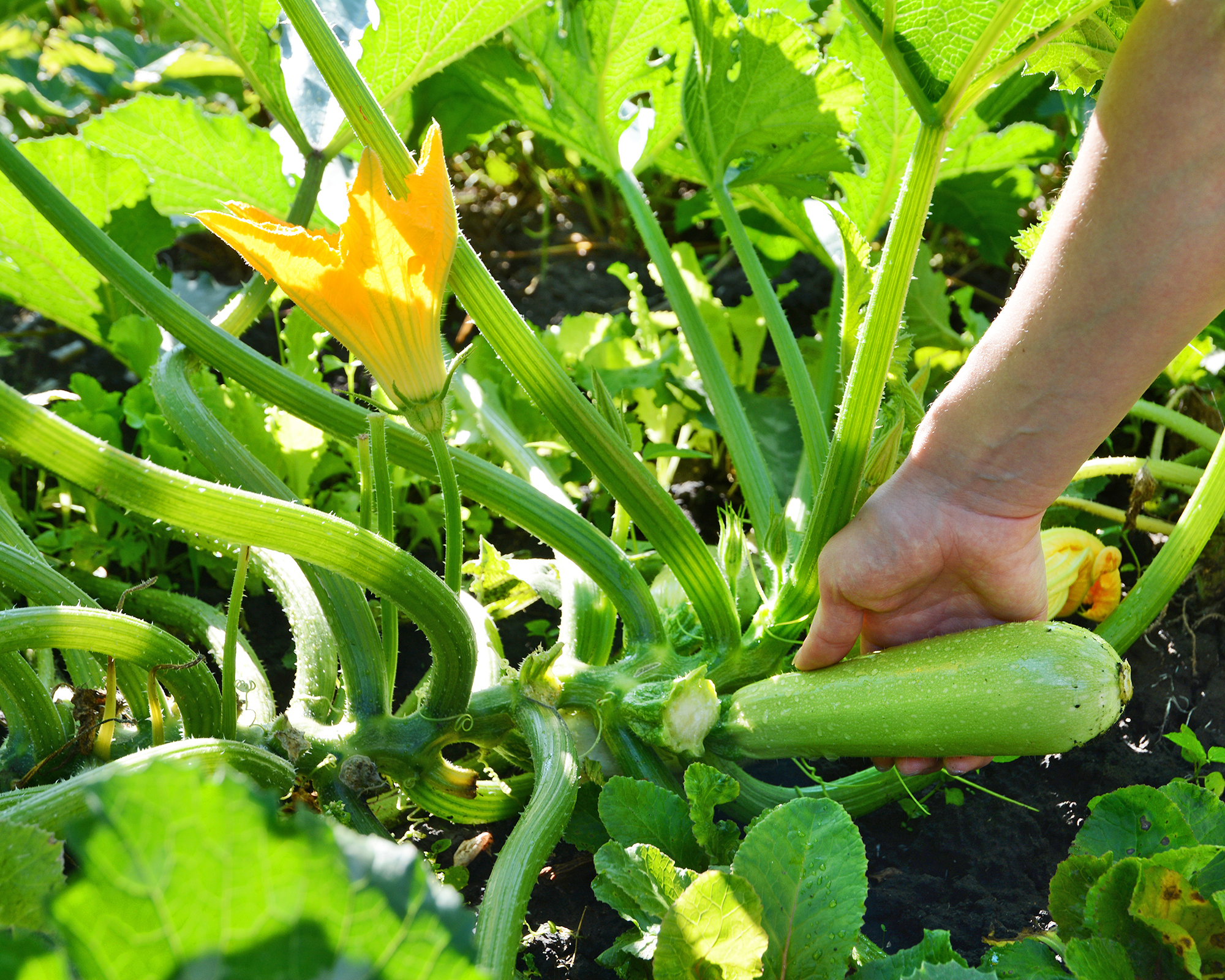
Don’t get started, zucchini haters. This squash is invaluable in both savory and sweet applications. Zucchini in the store is moderately expensive, so why not grow your own? In most zones, growing zucchini is easy by direct sowing seed in a full-sun situation, or you can transplant starts. Once it takes off, there is no stopping a zucchini plant.
This Sow Right Zucchini Seed Collection from Amazon contains five wonderful varieties in a range of shapes and colors.
Harvest them small and grill them with a steak. Or let them get slightly bigger and fill them with a stuffing like tomato, basil, and cheese. If you miss some and they become monsters, don’t worry. Remove the tough rind and seeds and grate up the soft flesh. This can be used in a myriad of applications, from quick bread to savory fritters, soup, pasta sauce, and even in ice cream. The Vitamin C-rich fruits are even wonderful sliced thin and dried as a snacking chip.
4. Bell Peppers
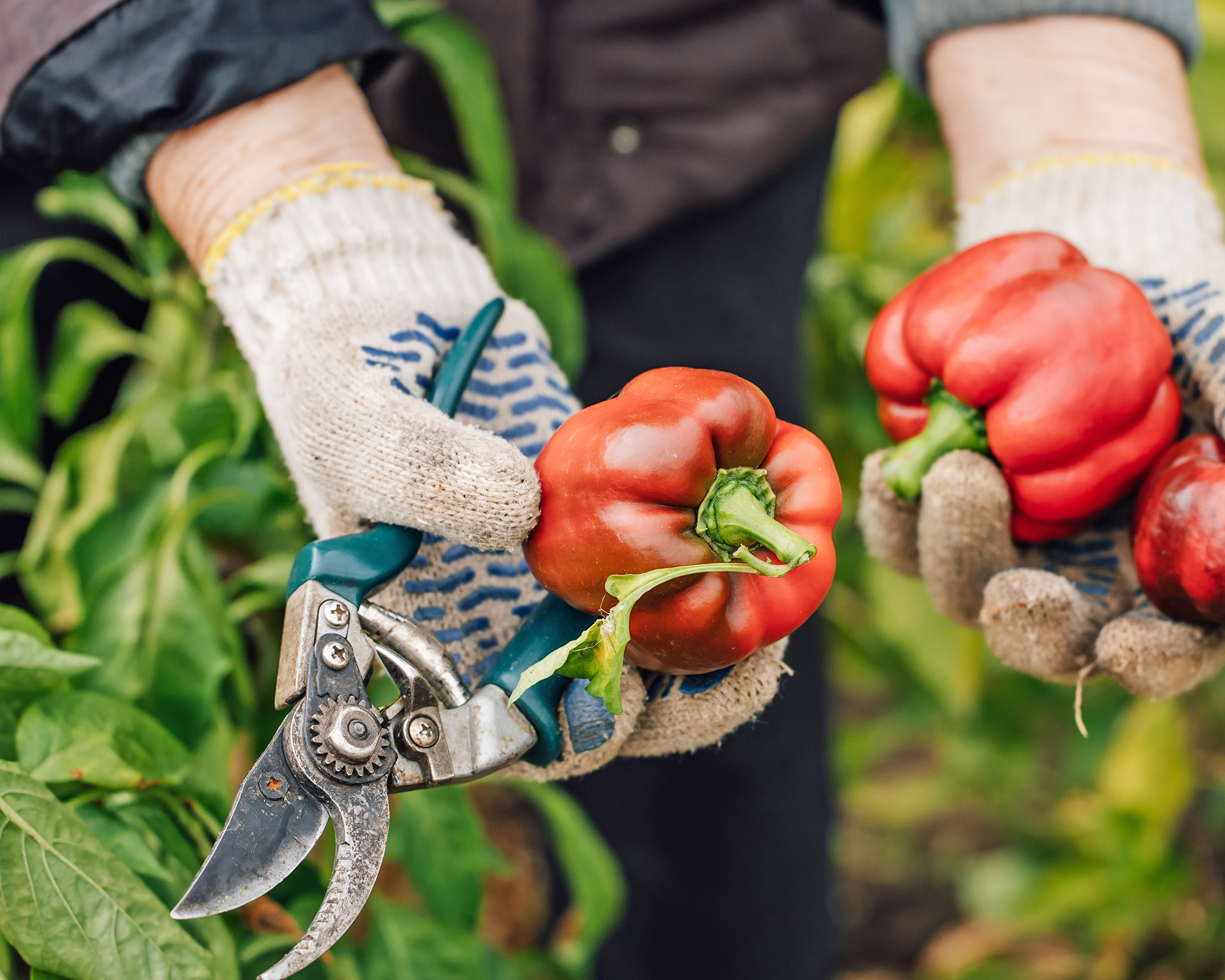
The prices of peppers in the produce market do go down a bit in summer, but they are still quite pricey. Bell peppers of any color add a sweet depth of flavor to salads, soups, stews, stir-fry, and other dishes. They are also great just for snacking. My favorites are the red and orange because I think they have the sweetest flavor. But nothing beats a salad showcasing the whole color spectrum. Just beautiful, and the crunch is outstanding.
California Wonder bell pepper, from Burpee, is considered the standard bell pepper, though this Rainbow Bell Blend will enliven your plate with five colorful varieties.
Growing bell peppers from seed is possible in warmer areas, but in my zone, you need to transplant starts for success. Once they are in a sunny spot and can enjoy the summer heat, bell pepper plants produce wildly. They are fantastic in so many ways. Fresh, sauteed, stewed, roasted, on the grill. You can save a bumper crop by freezing, drying, roasting, and storing in oil, or making sauces like Romesco.
5. Leaf Lettuce
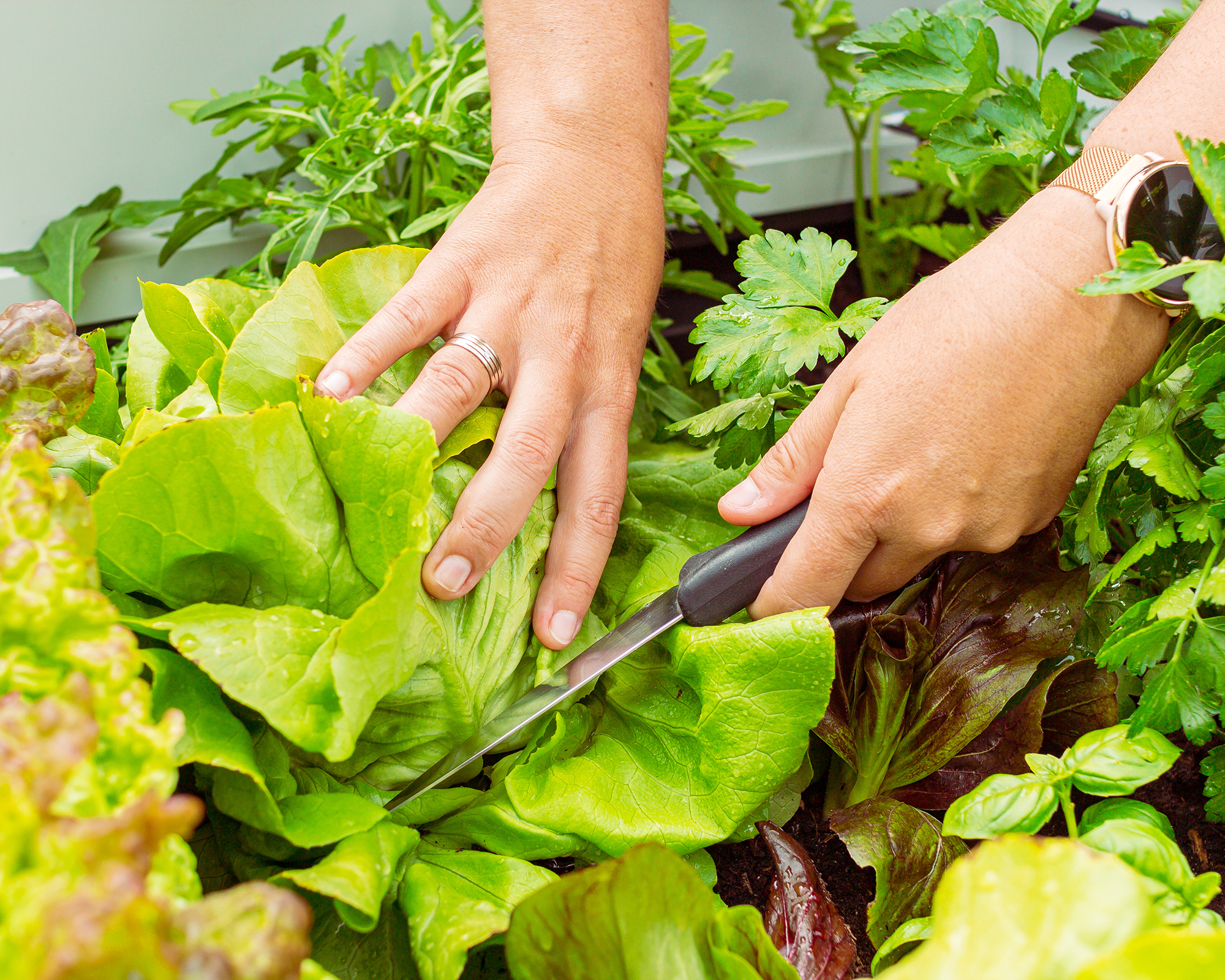
Unless you can afford organic produce, you might be surprised at the amount of chemicals thrown at a commercial lettuce crop. It’s kind of scary. To keep the leaves free of blemishes, there are many insecticides and fungicides, and then there are the herbicides used over and around the plants. Lettuce can be found on sale at decent prices depending upon the retailer, but rather than going from store to store looking for a good deal, grow your own.
Growing lettuce and most other leaf greens is best done out of the high heat of summer. Sow lettuce seed successively in the cool months, and you can have crops going from spring to early summer, and then plant more in fall. The seed is not expensive, and leaf crops come in a wide variety. A mixed greens salad offers a visual feast as well as different levels of crunch and texture. Most leaf crops are ready to eat in four to eight weeks after planting the seed.
This Organo Republic 22 Lettuce and Salad Greens Seeds Variety Pack from Amazon contains the ultimate mix of greens to grow in your garden.
6. Radishes
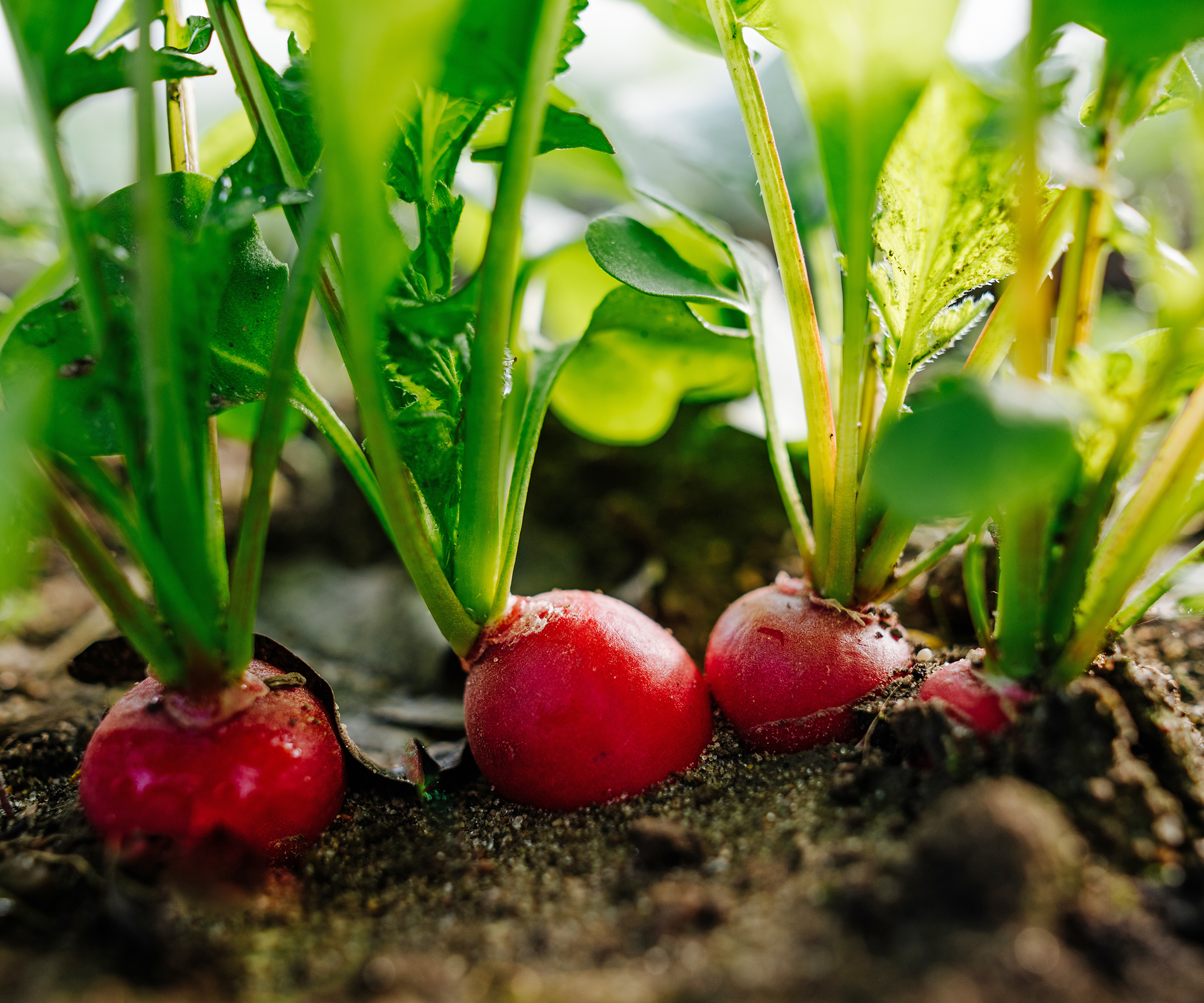
These humble, mildly spicy roots add so much zing to a salad or just eaten out of hand. There is a rainbow of radish colors available today, like the regular red, pink, purple, and white. The watermelon variety is green and white on the outside with pink flesh inside.
Radishes vary in the degree of spiciness, with Daikon one of the most peppery. They are ready to eat in just 21-60 days, depending on the variety. Growing radishes is practically foolproof, and they offer nearly instant reward due to the short growth period. They make a great intercrop to squeeze in between other vegetables. If you enjoy their punch flavor, then it doesn't make economic sense not to grow a few radishes.
Park Seed's Rivoli Hybrid Radish Seeds, available in the Gardening Know How Shop, are the quintessential watermelon radish variety with a mild peppery zing and beautifully crisp texture.
7. Winter Squash
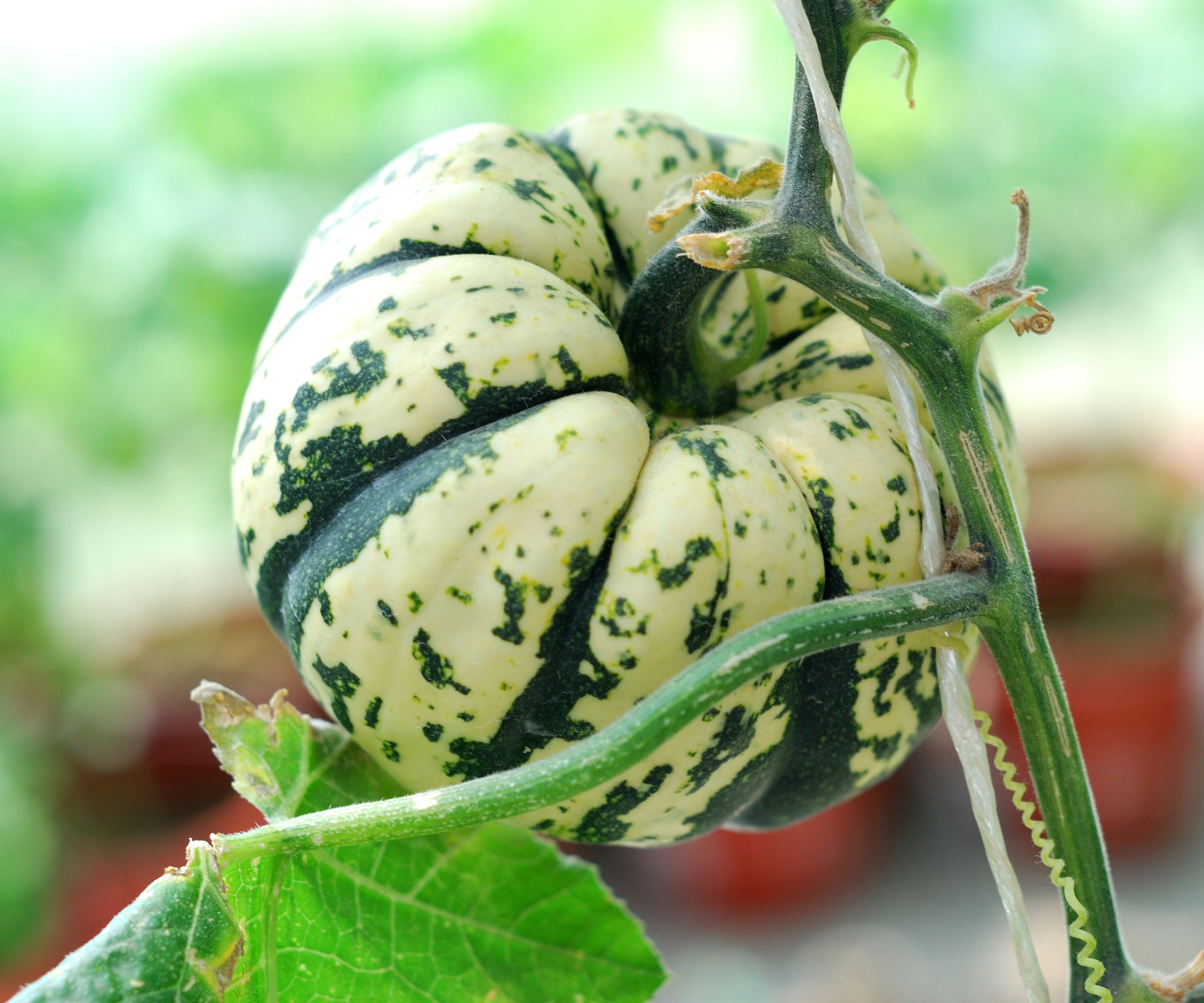
Winter squash lasts for a long time in storage, meaning you can enjoy your garden-fresh produce well into winter. Sweet acorn, nutty Delicata, long-lasting Hubbard, and the carb alternative spaghetti squash are just a few great, readily available winter squash varieties. You can find seeds at specialty nurseries and online in literally hundreds of winter squash varieties. This Sweet Yards Seed Co Organic Winter Squash Variety Pack from Amazon contains five flavorful varieties.
When growing winter squash, start plants either directly in the ground or indoors to transplant out after all danger of frost has passed. Once the fruits are ready for harvest, store them in a cool, dry, dark location.
8. Brussel’s Sprouts
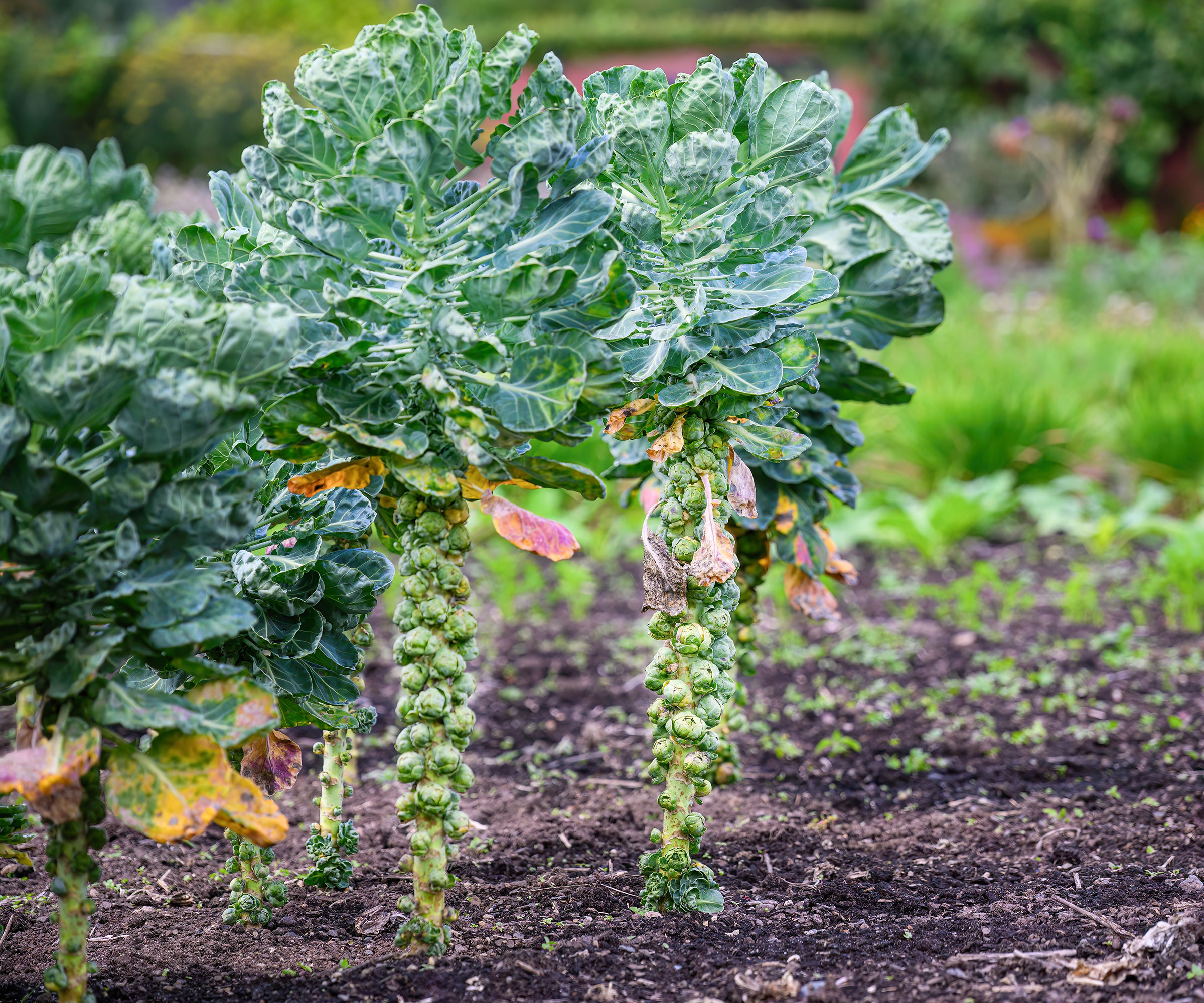
Brussels sprouts seem to be popular around the holidays as a side for our traditional hams and turkeys. They are not offended by freezing temperatures and can even survive a hard freeze. In fact, in many zones, sprouts can overwinter.
When growing Brussels sprouts in temperate zones, you can keep the sprouts on the plant outside. In colder climes, harvest them and keep them on the stem for nearly two weeks in the refrigerator. To store them for future use, blanch the sprouts and shock them in cold water. Lay them out on a sheet pan and freeze them. Once frozen, transfer them to containers or bags for freezer storage.
One of the most popular varieties is Long Island Improved Brussels sprouts, available from Eden Brothers. This heirloom variety is dependable, flavorful, and heavy cropping – perfect for first-time growers.

Bonnie Grant is a professional landscaper with a Certification in Urban Gardening. She has been gardening and writing for 15 years. A former professional chef, she has a passion for edible landscaping.
